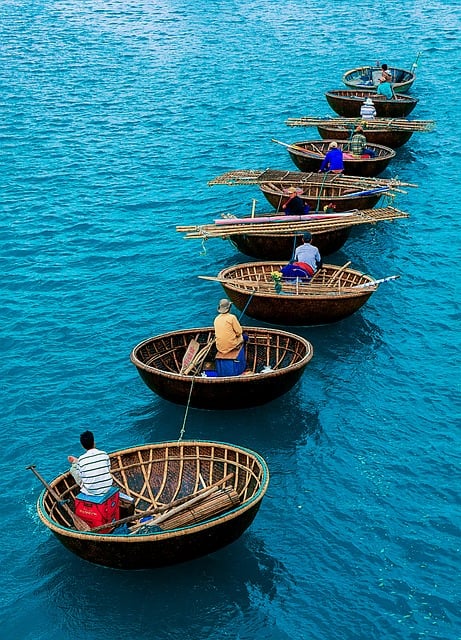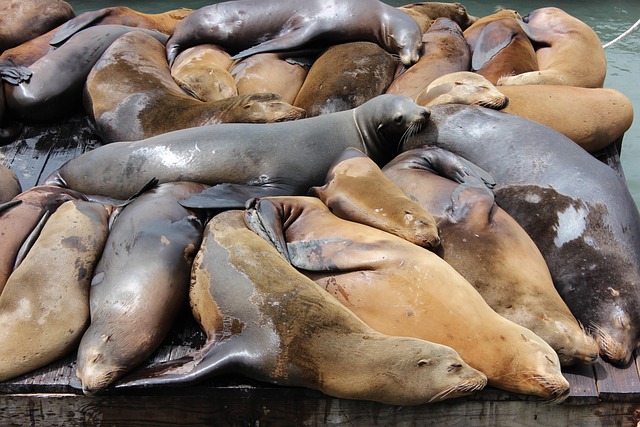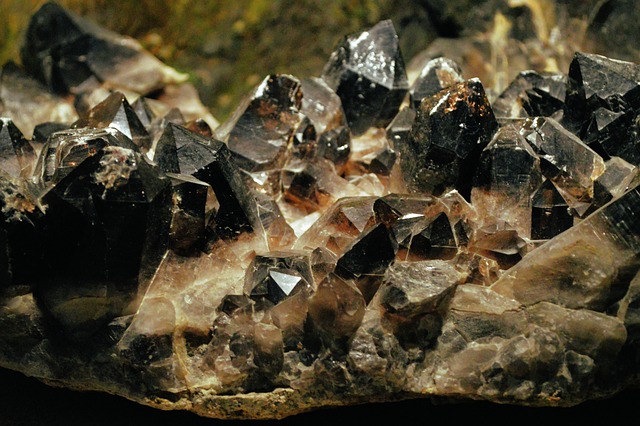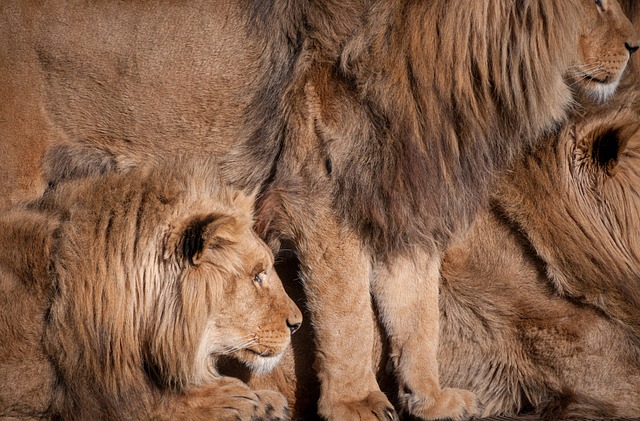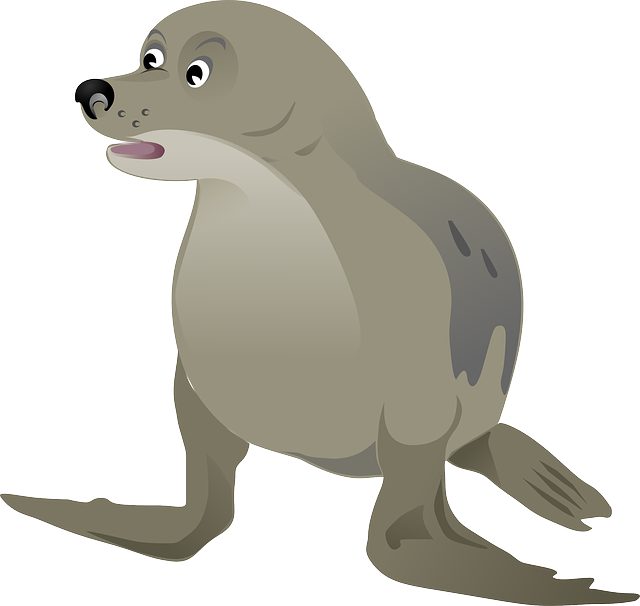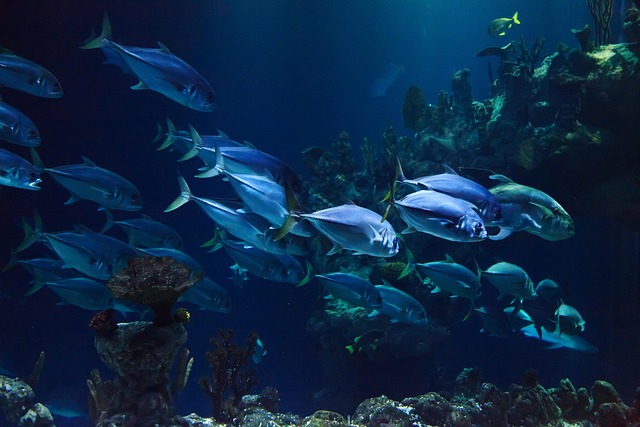Sea Lion Caves tours offer unique wildlife experiences, attracting global visitors with natural caves teeming with marine life. Led by experienced naturalists, these tours educate about sea lion behaviors and ecology while showcasing their coastal environment. However, their popularity poses challenges, potentially causing stress and disturbing foraging habits. To balance conservation awareness and visitor experiences, tour operators, researchers, and local authorities must collaborate on responsible practices like limited tour times, controlled access, and safe viewing methods. Choosing guided tours from eco-friendly operators ensures both sea lion well-being and memorable experiences while preserving the caves' ecosystem for future visitors.
Discover the enchanting world of Sea Lion Caves, a unique wildlife destination where visitors can witness the majestic sea lions in their natural habitat. This article explores the delicate balance between providing access through guided tours and preserving the conservation efforts vital for these marine mammals. We’ll guide you through responsible tourism practices, ensuring a memorable experience while protecting the future of Sea Lion Caves tours.
- Exploring Sea Lion Caves: A Unique Wildlife Experience
- The Impact of Tours on Sea Lion Conservation Efforts
- How to Responsibly Enjoy and Support Sea Lion Caves Tours
Exploring Sea Lion Caves: A Unique Wildlife Experience
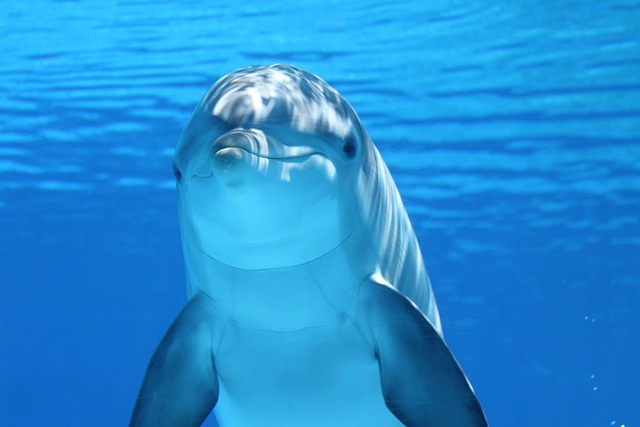
Exploring Sea Lion Caves offers a unique wildlife experience that captivates visitors from around the globe. These natural caves, home to a diverse array of marine life, provide an opportunity to witness sea lions up close in their natural habitat. Sea Lion Caves tours are carefully designed to ensure minimal disruption to the animals while providing educational insights into their behaviors and ecology.
Guided by experienced naturalists, these tours navigate through the labyrinthine cave system, where folks can observe the majestic creatures lounging on rocky ledges or playing in the shallow waters. It’s a vibrant, bustling scene that showcases the indelible connection between these animals and their coastal environment. For those seeking to dive deeper into this incredible ecosystem, Sea Lion Caves offer a truly remarkable and memorable experience.
The Impact of Tours on Sea Lion Conservation Efforts
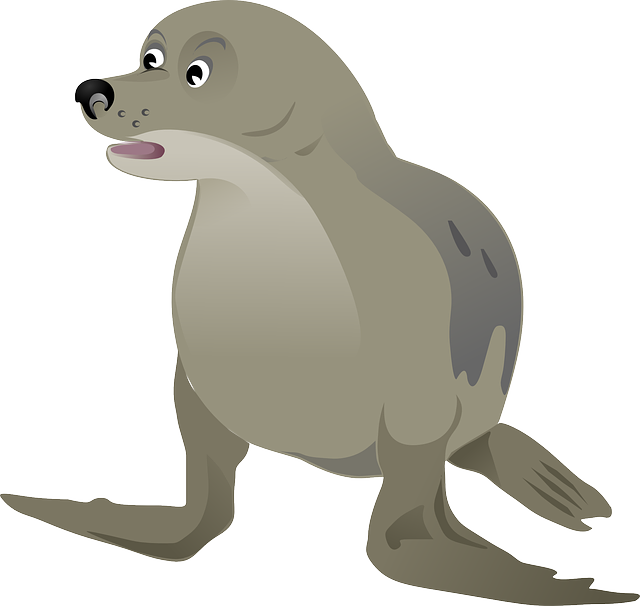
The popularity of Sea Lion Caves tours has both positive and negative impacts on conservation efforts. While these tours raise awareness about sea lion populations and their habitat, they can also cause disturbances that negatively affect these marine mammals. Tourists’ presence near the caves can lead to changes in sea lion behavior, such as increased stress levels and alterations in foraging patterns. To mitigate these issues, tour operators must strictly adhere to guidelines that minimize impact, ensuring a balance between visitor experiences and wildlife preservation.
Effective conservation requires collaboration between tour companies, researchers, and local authorities. Implementing strategies like limiting tour durations, restricting access during sensitive times, and educating visitors about responsible viewing practices can help protect sea lion habitats and ensure the long-term survival of these iconic species.
How to Responsibly Enjoy and Support Sea Lion Caves Tours

When visiting Sea Lion Caves, it’s essential to prioritize responsible tourism to ensure the well-being of both the sea lions and your own experience. Stick to guided tours led by experienced professionals who can educate you about the marine mammals’ behavior and habitat while adhering to strict conservation practices. Respect the sea lions’ personal space; avoid disturbing them or attempting to touch or feed them, as this can cause stress and harm their natural behaviors crucial for their survival.
Support sustainable Sea Lion Caves tours that invest in research, conservation efforts, and community education. Opting for eco-friendly tour operators who minimize their environmental impact helps preserve the caves’ delicate ecosystem. Remember, responsible enjoyment means contributing to the protection of these remarkable creatures and their coastal home while creating lasting memories.








